So you’re heading to a local farmers market this weekend and your assumption is that you’ll find real farmers there and buy directly from them.
You’re filled with the warm fuzzies at the thought of browsing an abundance of freshly picked fruits and vegetables from local farms, and imagining what you’ll cook for dinner.
What you’re not expecting is that the vendor at the farmers market may be a reseller who bought their produce from a wholesaler. That wholesaler may or may not have gotten it directly from a farm. And that farm could be anywhere in the country, or beyond.
It’s a pretty common misconception that farm stands at farmers markets, or set up on the side of the road, are selling produce that they grew. The truth is, there might be one or multiple middle men between the farm and the goods being sold.
Farmers markets are sometimes not very different from the grocery store in that way. And maybe this doesn’t matter to you, you shop at markets for other reasons…the ambiance, fresh air, convenience.
But, if you are hoping to source more of your food locally, and buy directly from small farms, it’s good to know how to spot fake farmers at the farmers market. Armed with this info you can walk past the resellers’ tables and buy directly from the real farmers who are there.
Let’s dive in!
5 Ways to Spot Fake Farmers and Resellers at the Farmers Market
1. Look for stacks of branded packaging
This one is a dead giveaway that you’ve found a reseller.
Keep an eye out for those brightly colored cardboard boxes and plastic clamshell containers with logos and other corporate branding on them.
The best place to look is under the vendors’ tables if possible, or piled up back behind their set up.

Real farmers who harvest directly from their own farm, aren’t showing up with branded boxes and plastic containers filled with fruits and vegetables. The real farmers show up with reusable bins or generic cardboard boxes…and you can look for those too!
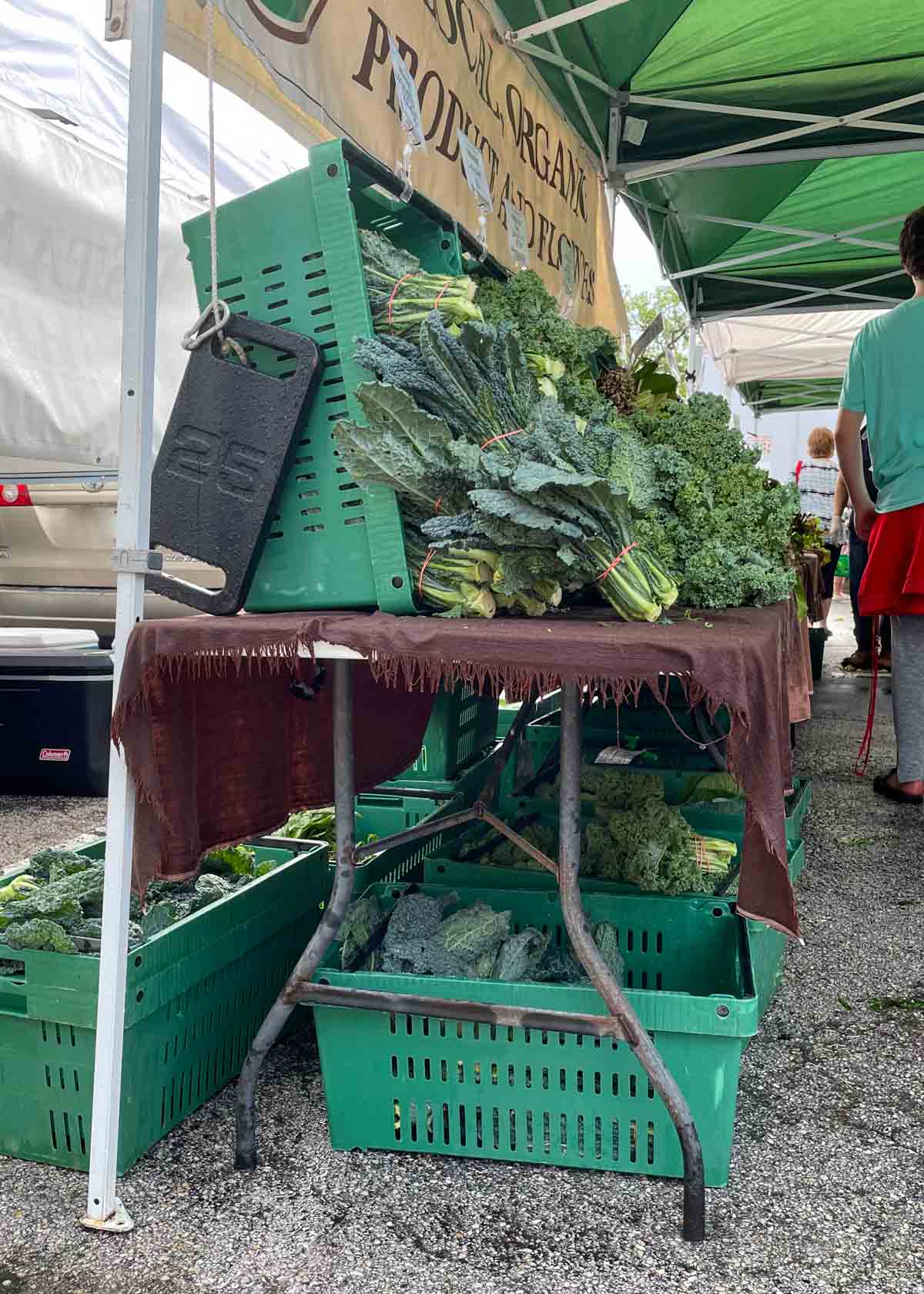
Don’t let vendors mislead you by the fact that their produce is displayed on the table in pretty baskets.
It’s nice to imagine, but doesn’t mean that those green beans were just picked from the field. A quick look around could reveal that it all arrived at the market in very different packaging.
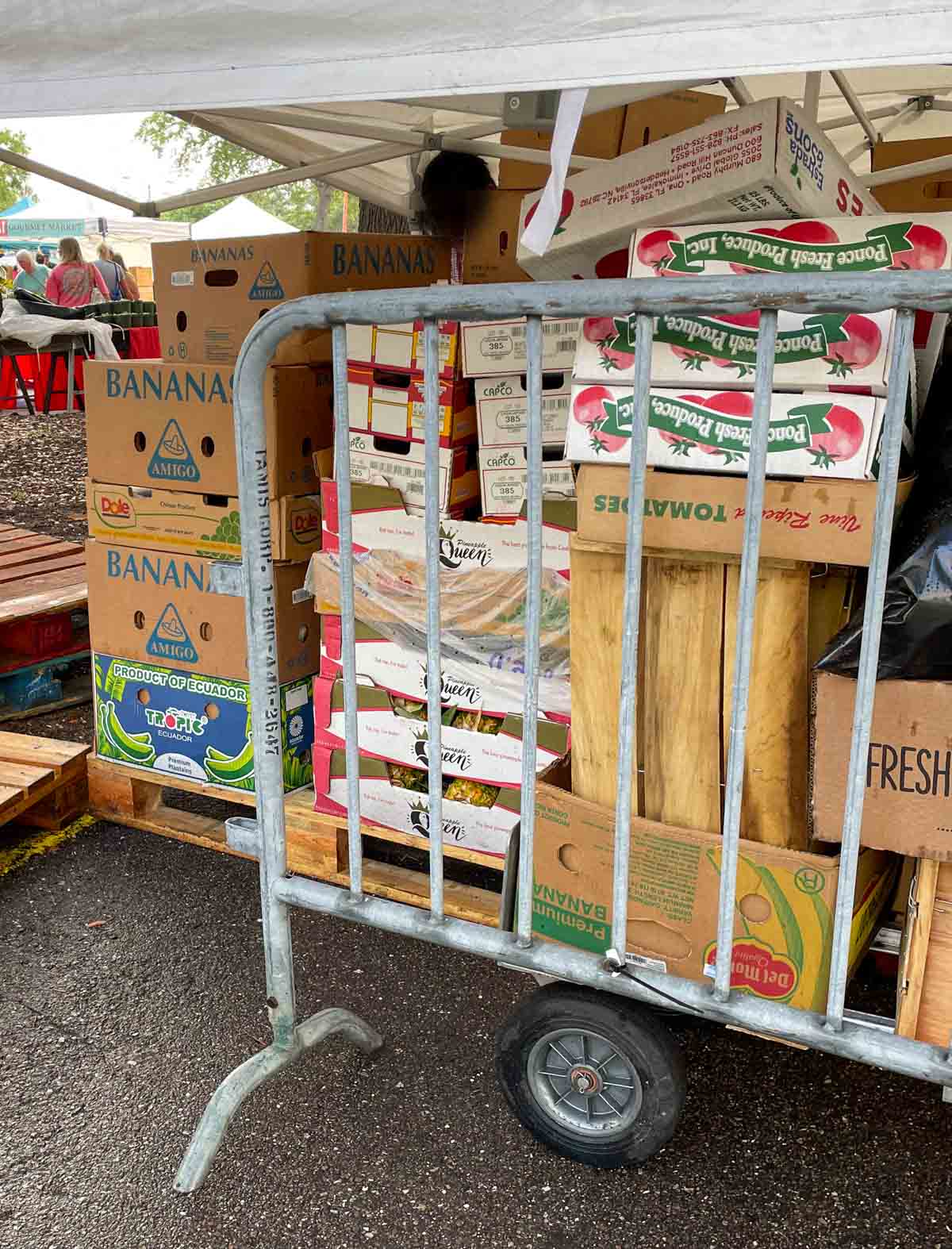
2. Barcode stickers on the product
The real farmers at your local farmers market don’t need to put PLU stickers and barcodes on their food. Those are required for retail and grocery stores.
If you see those tell-tale stickers on the produce you probably aren’t buying directly from a farmer.
3. Produce that isn’t grown in your region or is out of season
Does the vendor’s bounty include things that don’t actually grow locally, or aren’t in season?
That’s a good giveaway that you’re looking at a fake farmer.
It’s helpful to go to the farmers market with a rough idea of the growing and harvest seasons in your state if eating local, seasonal produce is important to you.
Check your state’s department of agriculture website for a list. Unfortunately I wasn’t able to find a good single source that covered each state.
Here are a couple links:
- Florida Crops in Season by Month
- What’s in Season in North Carolina
- What’s in Season Month by Month in Ohio
But beware, just because it is in season locally does not mean it was sourced locally.
4. The produce looks so perfect
Does the veggie display look like a beauty pageant for the produce industry?
- Tomatoes shiny, red and uniformly shaped?
- Carrots and onions that look professionally cleaned?
- Perfect brightly-colored red peppers?
You’re probably at a fake farmers market stand.
On the other hand, fruits and veggies grown in the wild, or in someone’s garden, will still have evidence of dirt on it, some blemishes, and come in a variety of sizes, even if harvested on the same day.
Oh and here’s another thing I’ve noticed. The real farms show up with their produce in its full original form – carrot tops still on the carrots, beet greens on the beats, leaves on the baby turnip, tiny roots extending from the bottom of the radishes. Look for those tells as well.
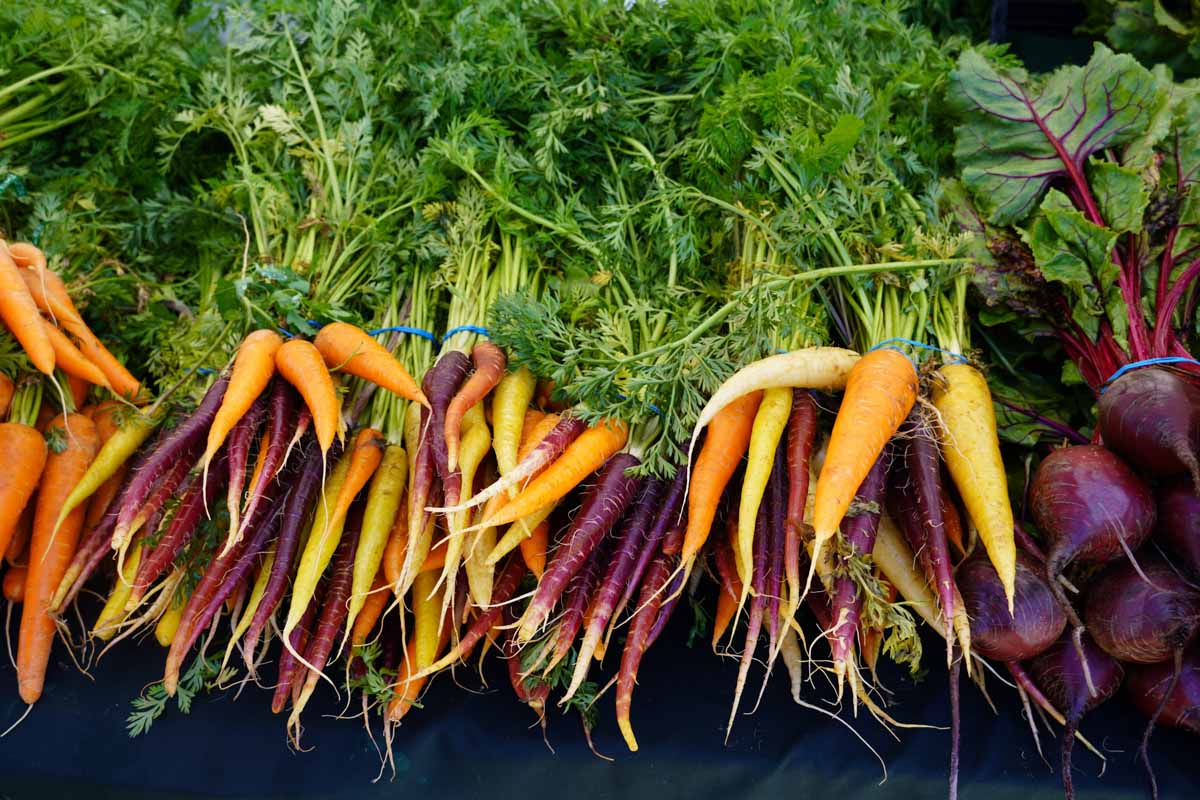
Produce grown in a controlled environment, and culled for how it looks, will arrive at the market clean and shiny just like the produce at the grocery store.
Or, if it’s the opposite and the produce looks like the dredges of what was rescued from the grocery store – it probably was!
5. Talk to the market manager
The market manager is the person or team who organize the farmers market, screen the vendors, that sort of thing.
This person will have a pretty good idea of who the resellers are and who the real farmers are, especially at smaller farmers markets where it’s easier to keep track of vendors.
Some markets also have rules and restrictions and do not allow resellers.
For example, the Watauga County Farmers Market in Boone, NC is a 100% producer-only market. Producer-only means that they screen and monitor their vendors to ensure they are only selling goods that they themselves produced.
Check your market’s website for information, reach out directly to the market managers or walk over to their table and talk to them, if they have one.
Final Thoughts on Identifying Fake Farmers at the Market
Though this is not an isolated problem, don’t let it discourage you from shopping at farmers markets. Small farms need your support and for many of them these local markets are their best source of customers and a venue at which they can sell what they produce.
We need more small farms to come to the farmers market. The more people buy from them, the more they’ll have a reason to come out.
So get out there and meet your farmers, they’re looking forward to talking to you!
Do you feel better prepared to spot fake farmers and resellers at the farmers market? Have any tips that aren’t included above? Feel free to post a comment below.

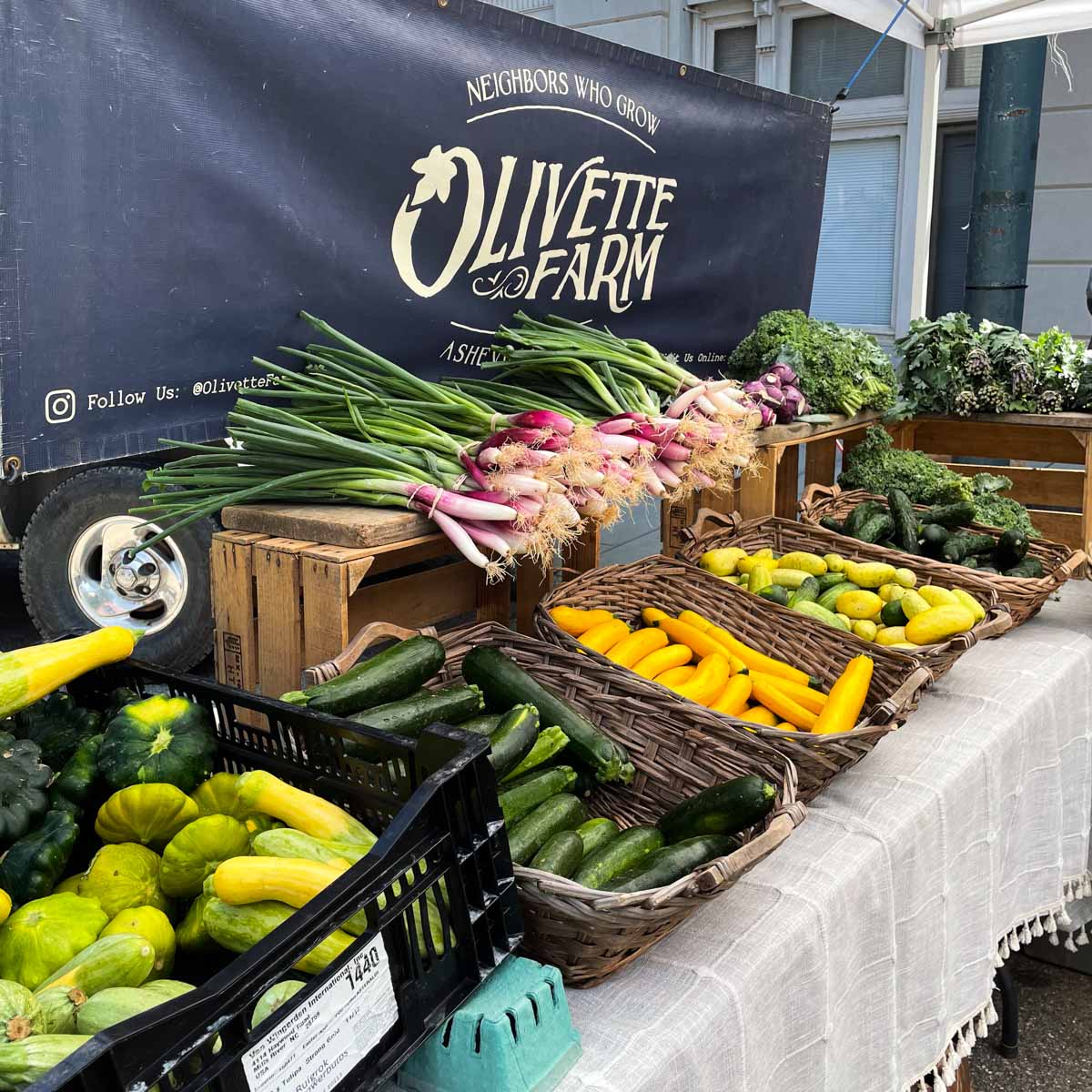
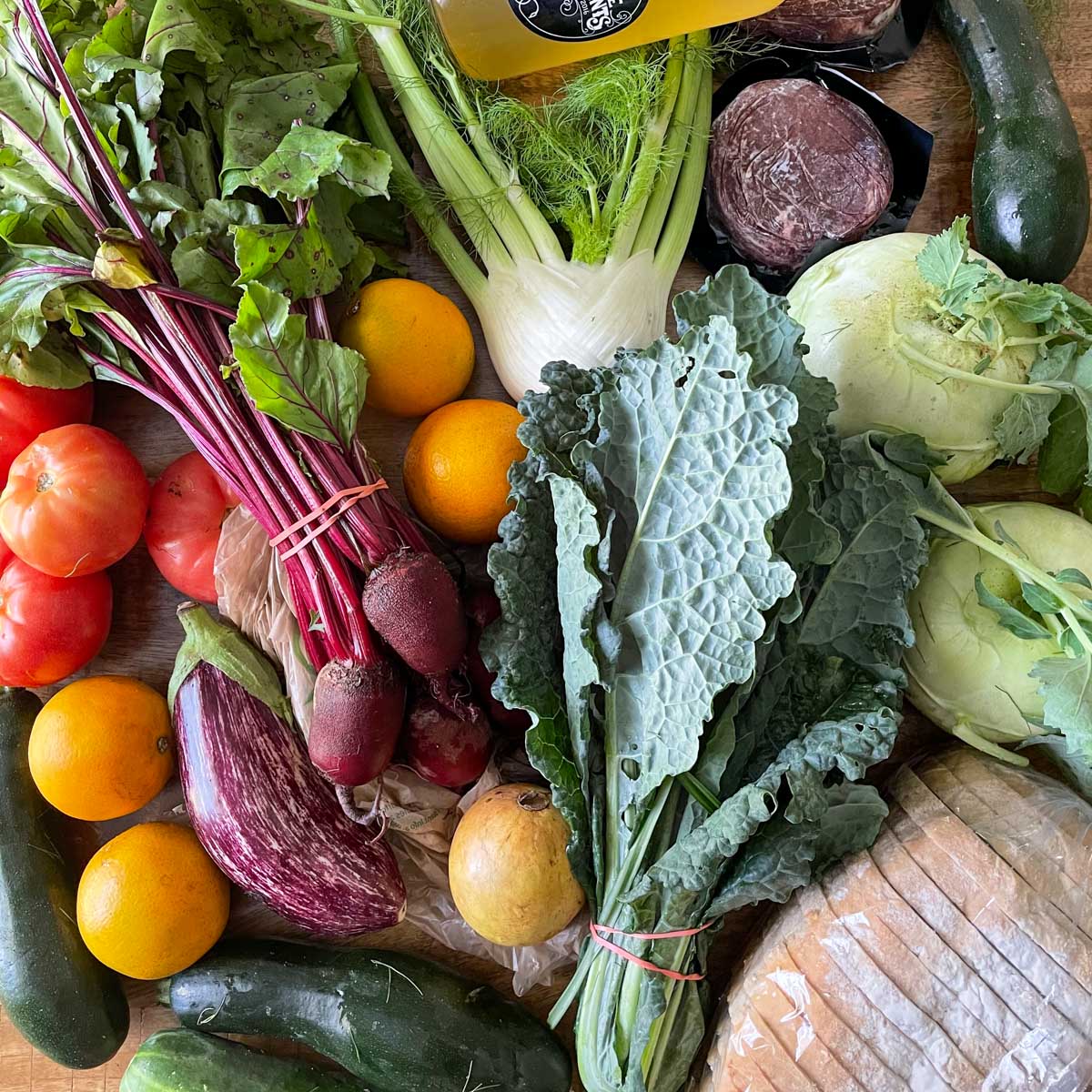
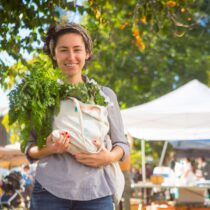


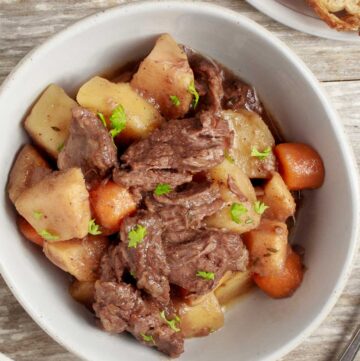
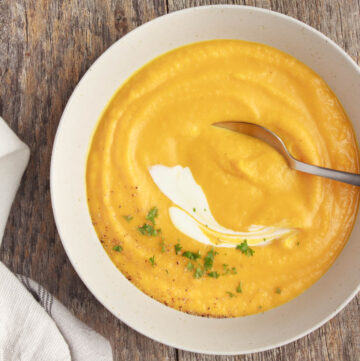
Leave a Reply